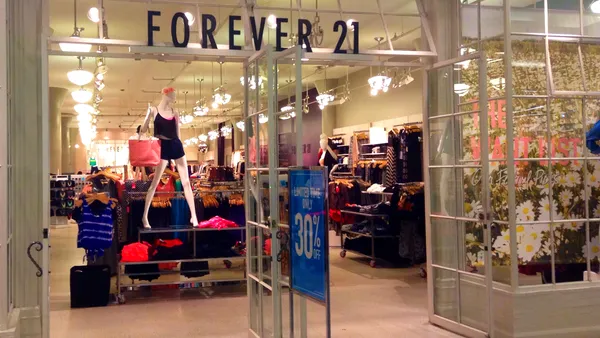Dive Brief:
-
A wide array of U.S. businesses have struggled this year. In the first nine months of 2023, commercial Chapter 11 bankruptcies have soared 61% year over year to 4,553, according to Epiq Bankruptcy, which provides U.S. bankruptcy filing data.
-
Small business filings in that time rose 41% to 1,419, according to the research, released by Epiq and the American Bankruptcy Institute. In all, considering every type of bankruptcy, filings in the commercial sector rose 17% to 18,680.
-
After recent declines thanks in part to pandemic-era financial support, consumer filings also rose this year, up 17% to 313,458, per the report.
Dive Insight:
Updates to Retail Dive’s bankruptcy tracker have been numerous in 2023 so far, with the all-important holiday quarter left to go.
High-profile retail filings in the first nine months of the year have included David’s Bridal, Bed Bath & Beyond and Party City, and 11 more retailers may be on the brink.
While the numbers of both commercial and individual filings remain below pre-pandemic levels, the increase so far this year is a sign that challenges, including expanding debt, are building, according to American Bankruptcy Institute Executive Director Amy Quackenboss.
“Struggling individuals and companies have an established lifeline through bankruptcy to help steady themselves amid rising interest rates, inflation and increased borrowing costs,” Quackenboss said in a statement.
Many retailers began the year with a keen focus on cost cuts. Several, including healthy ones like Amazon, have slashed budgets through significant layoffs.
Consumer distress is also visible, in rising credit card debt and increasing delinquencies on store credit cards, reported by several retailers in recent months. In the second quarter, U.S. consumers’ collective balance rose to a record $1.03 trillion dollars, according to the New York Federal Reverse Bank’s quarterly report on household debt. That, coupled with the added burden of student loan payments that will resume for many this month, are leading many analysts to temper expectations for holiday sales.












